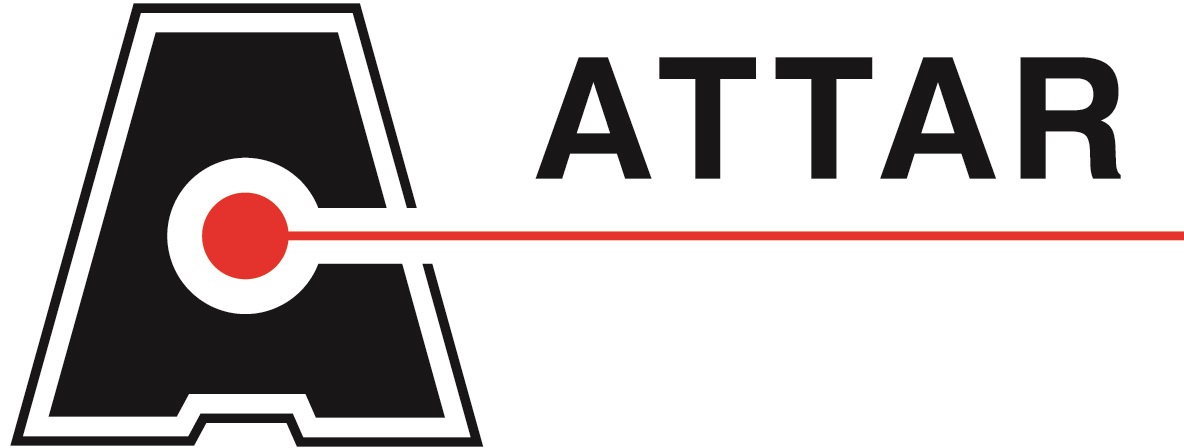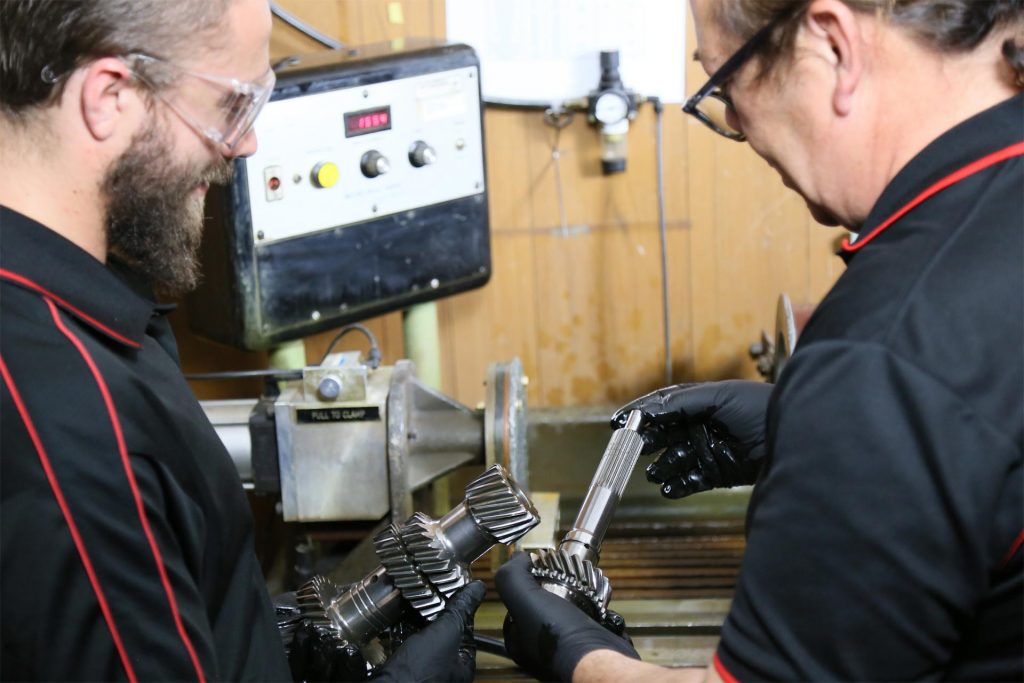
Destructive Testing
In destructive testing the testing is carried out until the specimen fails, with the aim of determining the relative mechanical properties of the material. A tensile test is used to determine the mechanical properties of the material, i.e. its ultimate tensile strength, yield point or proof stress and ductility. Other destructive tests such as hardness testing, impact testing, fracture toughness testing, fatigue testing, creep testing, bend testing, shear testing and torsion testing are also used to characterise material properties, but each of them renders the specimen unsuitable for further use. Usually destructive tests are carried out on round, square or flat rectangular, specimens cut from the material of interest. Some of these tests may also be carried out on structures, especially if they are mass produced, and the loss of components has little effect on the economics of production. However, it is not economic to destructively test large and expensive structures such as bridges, pipelines, oil rigs, petrochemical reactor vessels and pressure vessels, although aircraft prototypes may be subject to fatigue testing in specially constructed test rigs.
We will go into more detailed information on each of the destructive test methods and the Australian Standards relating to them in a later blog post.
ATTAR offers many destructive testing methods to our clients – for more information about the testing services we offer, please visit our Engineering Services page and view our Analysis and Testing Services.
Non-Destructive Testing
Expensive structures such as aeroplanes, ships, trains, bridges, pipelines, pressure vessels require regular testing to ensure that cracks do not grow to a size that threatens the safe operation of the structure. Non-destructive testing is used in these applications. Non-destructive testing is defined as the testing of an object so that its future usefulness is not impaired. Interpretation of test results is more difficult than for destructive testing and experienced, well trained and appropriately certificated operators are required for best results. The most common non-destructive testing techniques used in industry are Ultrasonics, Radiography, Eddy Current, Dye Penetrant, Magnetic Particle, Acoustic Emission and Thermography, but there are many more available for specific applications.
Non-destructive testing allows inspection of structures without impairing their usefulness in order that discontinuities, precursors to defects and cracks, may be detected so that:
- Processes may be altered to avoid further production of these discontinuities, OR
- Their effect on the service life may be evaluated (if the discontinuity affects the service life of the object it is classed as a defect).
This means structures with defects can be scrapped before more time and energy is wasted on them or repairs can be carried out to ensure they are structurally safe to use.
Non-destructive testing works by the introduction of a probing medium or application of stress, that is affected by any discontinuities within the material, e.g, penetrant, ultrasound, radiation, magnetic field, etc. These changes are detected visually on the surface of the material or on a screen or film. The indications observed are evaluated against compliance standards such as AS/NZS 1554.1 Structural steel welding, or International or in-house standards.
When deciding to use Non-Destructive Testing, the reliability of inspection may be improved by:
- Specifying the appropriate inspection technique.
- Providing clear acceptance/rejection criteria.
- Demanding inspectors are Certified to an ISO 9712 based Standard such as AS 3998 Non-Destructive Testing – Qualification and Certification of Personnel – General Engineering, in the appropriate Industrial sector.
To improve testing reliability when carrying out Non-Destructive Testing:
- Use certified and calibrated consumables and equipment.
- Work in ideal conditions, air conditioned, adequately lit, etc. Most times this is not possible.
- Ensure the technician is motivated, alert and following an approve procedure.
Critical appraisal of the non-destructive testing results also helps to improve reliability.
Types of Non-Destructive Testing
Ultrasonic Testing
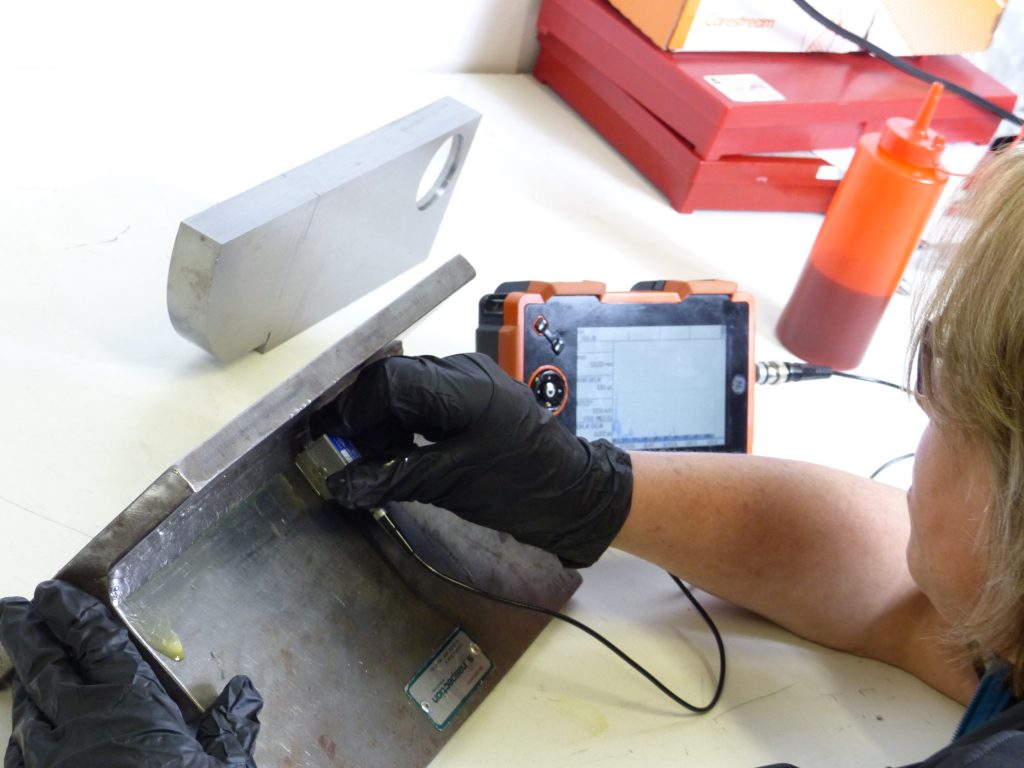
Ultrasonic non-destructive testing is the most widely used method. The most commonly used form of Ultrasonic testing is Pulse/Echo, which uses pulses of high frequency sound transmitted into material that are reflected from the internal surfaces of the material and any discontinuity within the material. It is widely used in weld examination and may find discontinuities such as laminations in the metal plate or lack of fusion, porosity, inclusions or lack of penetration in a weld. Equipment used varies from relatively inexpensive thickness testing gauges through to A-scan units, to Phased Array Ultrasonic sets. As ultrasonic sets are now digital units, they are easily automated and extremely sophisticated units are used to ensure the structural integrity of aircraft wing units during production.
Radiography
Radiography using x-rays has been used in industry since before the Second World War and the technology has seen significant changes in the last couple of decades. Initially established with x-rays and film, artificial radioisotopes encased in gamma cameras have been introduced as the source of radiation allowing more flexibility on industrial sites. Isotopes such as Cobalt 60, Iridium 192 and more recently Selenium 75 are also used. A shadow image based on material density variations is formed and when used to examine welds defects such as cracks, porosity, and inclusions show up darker than the surrounding metal. Radiation beam orientation must be within about 10o of the crack plane to show cracks. Film has largely been replaced by re-useable phosphorus plates or flat panel detectors used in CT radiography. Systems are available for real time radiography, fluoroscopy, and for 3-dimensional radiography, computed tomography.
Eddy Current Testing
Eddy Current inspection is widely used on aircraft structures and is increasing in popularity for detection of cracks under painted steel surfaces. Eddy currents are created through a process called electromagnetic induction. The AC current causes an alternating magnetic field parallel to the search coil axis. If a metal component is near the coil the magnetic field is modified. When this field intersects a non-magnetic conducting metal such as aluminium, eddy currents are induced in the component; these flow at right angles to the magnetic field. The eddy currents in turn set up a magnetic field in opposition to the induced primary magnetic field of the coil, causing partial cancellation. This results in a decrease in the magnetic flux through the coil causing a change in coil impedance. This change in impedance is displayed on a screen and may be used to determine the surface length of a crack.
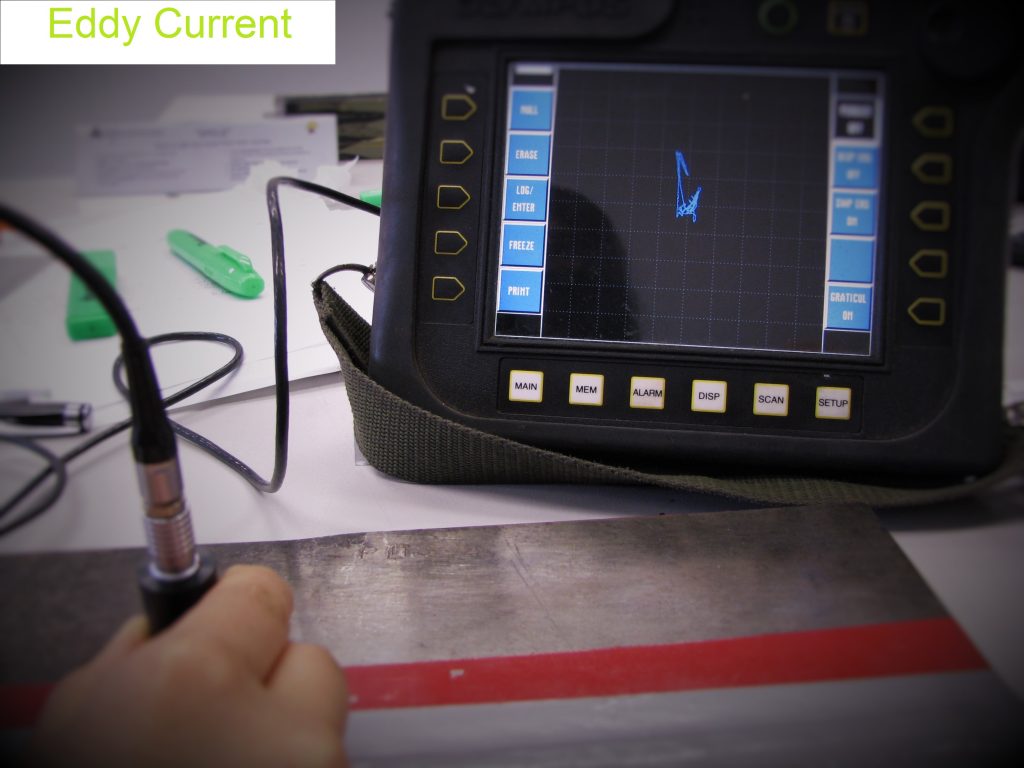
Dye Penetrant Testing
In Dye Penetrant testing, a liquid with high surface wetting characteristics is applied to and flows over the surface of a component under test. The penetrant “penetrates” into surface breaking discontinuities via capillary action and other mechanisms. Excess penetrant is removed from the surface and a developer is applied to draw trapped penetrant back to the surface. Visual indications of any surface breaking discontinuities present become apparent after a suitable development time. Part cleanliness is of utmost importance with the method.
Magnetic Particle Testing
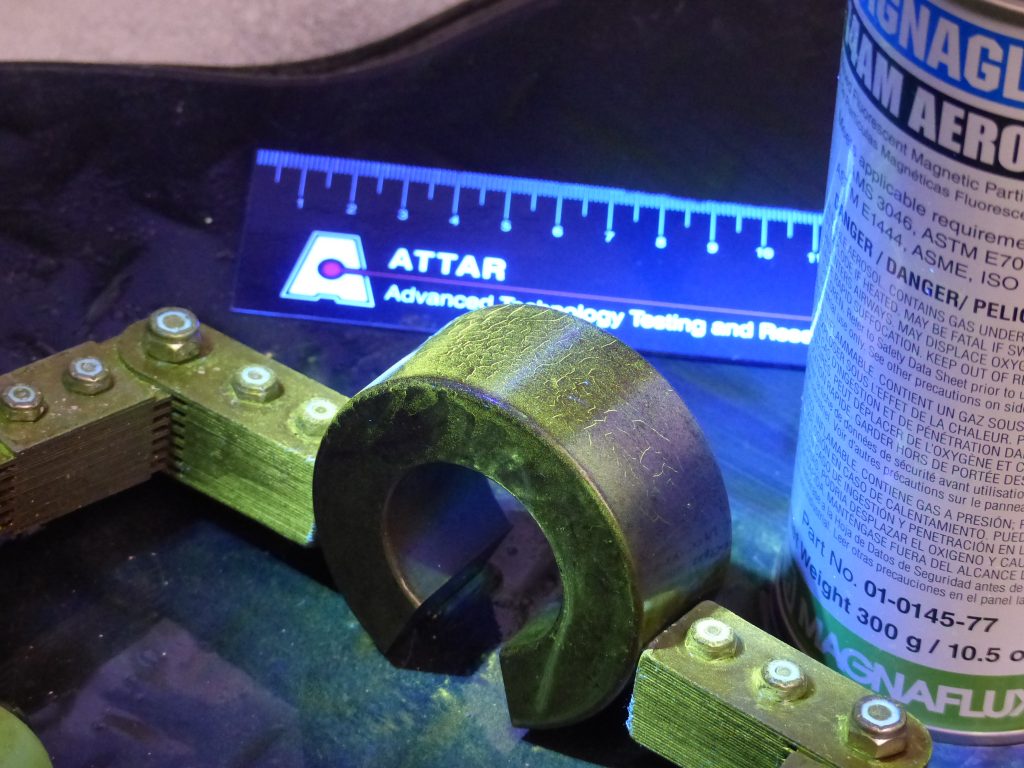
Magnetic Particle testing is the most reliable method for reliable detection of surface or near surface discontinuities in ferro-magnetic materials. When part is magnetised, discontinuities at right angles to the magnetic field cause a magnetic leakage field. Application of finely divided ferro-magnetic particles which are attracted to and held in leakage field outlining discontinuity position and shape. This is a rapid technique and is suitable for finding surface breaking discontinuities in welds, heat treated and ground components, forgings etc.
Acoustic Emission Testing
Acoustic Emissions are sound waves produced by sudden movement in stressed materials. In most cases they are above the frequency detected by the human ear, i.e. greater the 20 kilo Hertz (kHz). An audible example is the creaking of timber before it breaks. The sound waves are mechanical stress waves carried by the atoms in the metal in just the same way as atoms in the air carry audible sound waves. In metals the sources of acoustic emission (AE) are deformation processes such as dislocation motion associated with plastic deformation and crack growth, and rubbing of fracture surfaces. Sudden movement at the AE source produces a stress wave, which radiates out into the structure and excites a sensitive piezoelectric transducer (sensor). The sensor converts the mechanical signal to an electronic signal for output to electronic processing devices. As the stress in the material is raised, many of these emissions are generated. The signals from one or more sensors are amplified and measured to produce data for display and interpretation.
Thermography Testing
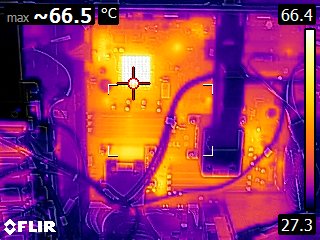
Thermography is based on response to radiant energy in the infra-red bandwidth within the electromotive spectrum, between red light and microwaves with wavelengths about 7 x 10-4 to 1mm. It relies on the fact that all bodies emit some infra-red radiation, the amount being related to absolute temperatures of the body, as is the radiation spectrum or range of frequencies emitted. It has been applied to inspection of electronic equipment, buildings and search and rescue operations amongst many other applications.
ATTAR is an Authorised Qualifying Body for the Australian Institute of Non Destructive Testing (AINDT). As such we offer specialised training in most of the Non-Destructive Testing methods discussed above. ATTAR is Australia’s leading provider of NDT Training. For more information about the courses we offer and information about how to enrol, please visit our NDT & Inspection Training page.
Summary
In summary, the critical difference between non-destructive testing and destructive testing is that non-destructive testing does not impair the usefulness of the component under test.
